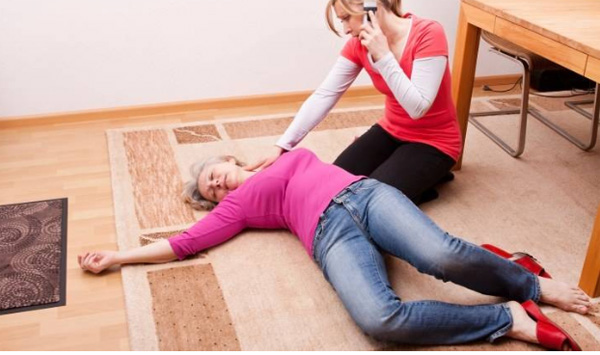A heart attack or cardiac arrest gives one only a few minutes, before things go literally out of hand. Medical emergencies, if not taken timely, can lead to blockages of heart’s arteries and even death in a few unfortunate cases. Hence, it is extremely vital to know what to do beforehand.
Recognising Heart Attack Symptoms and Warning Signs
Heart attack symptoms may vary from one individual to another. It is important to note that not all heart attacks have sudden and crushing chest pain. At times, there are no symptoms of heart attack – mostly common in people with diabetes. Depending upon your age, gender and personal medical conditions, here are a few heart attack symptoms and warning signs you should be aware of:
1. Extreme pain and discomfort, which starts from your chest and goes on to other parts of your body, such as neck, stomach, teeth, jaw and arms.
2. There is an acute chest discomfort, which leads to squeezing pain, fullness and pressure in the centre of your chest, which might last for many minutes.
3. Inexplicable shortness of breath, which might or might not accompanied with chest discomfort.
4. Other symptoms of heart attack might include cold sweats, vomiting, anxiety, indigestion, unexplained fatigue and nausea.
Essential Techniques to Known When Someone is Having a Heart Attack
One needs to be abreast with the following functions:
1. CPR (cardiopulmonary resuscitation)
2. Artificial respiration (mouth-to-mouth resuscitation)
3. Effective practice on resuscitation dummies
What To Do When Someone Has A Heart Attack
If suddenly the patient goes unconscious and is breathing heavily, here’s what to note for:
Feel the patient’s chest/breast to see if there is constant moment happening. If they are breathing heavily, then call for the emergency services right away.
If the patient is not breathing, they might be in a respiratory state and they are probably caught in a cardiac arrest condition, where the heart has stopped beating effectively.
It is advisable to not waste extra time on looking for a pulse, and in emergency situation one should call for medical help at once. Make sure the CPR (cardiopulmonary resuscitation) is given immediately to the patient, who is not breathing and is unresponsive.
All in all, please note that if the patient is not breathing, then the patient is in cardiac arrest.
So, be certain to call 102 for ambulance and 108 for emergency disaster management whenever you see someone’s face drooped accompanied with speech difficulty and arm weakness, as they might be suffering from heart attack.

